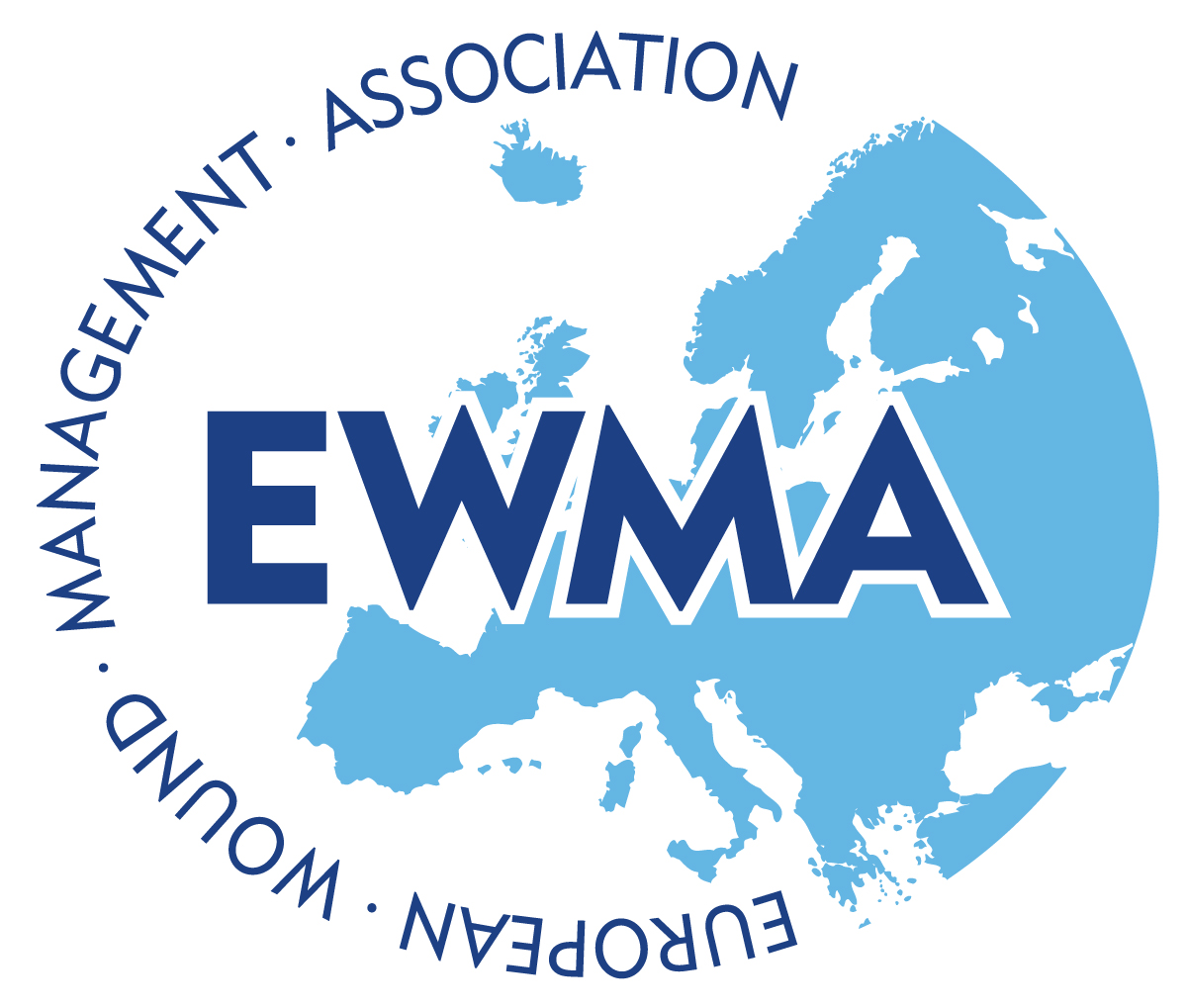On your next annual exam, show your toes. Often, patients overlook, cannot see, or do not recognize a problem. The toes, feet, and legs tell a story about chronic conditions like peripheral vascular disease and Diabetes. Early detection can lead to eliminating preventable amputations.
According to the American Heart Association, "Peripheral artery disease (PAD) is often used interchangeably with the term, peripheral vascular disease (PVD). PAD stems from structural changes in the blood vessels resulting from fatty buildup (atherosclerosis) in the inner walls of the arteries. These deposits hinder and block normal blood flow."
Peripheral vascular disease (PVD) is an overarching term encompassing vascular diseases resulting from circulatory dysfunction caused by damage to arteries or veins. The most common types of PVD are peripheral artery disease (PAD), chronic venous insufficiency (CVI), and deep vein thrombosis (DVT). There are several signs of vascular complications.
Vascular Disease and The 6P's:
- Pulselessness - lack of blood flow in the circulation of the large arteries
- Poikilothermic - decreased skin temperature
- Pallor - paleness due to a reduced blood supply to the skin
- Paralysis - the loss of the ability to move a part of the body
- Paresthesia - burning, prickling, or numb sensation
- Pain - no definition needed
Patients and healthcare providers should look for changes in the skin, such as pale or blue toes instead of pink; or increased darkness/pigmentation in dark-skinned patients. Similarly, thin, brittle, dry, cracked, leathery, shiny, waxy skin on the legs and feet are signs of PVD. Sometimes, a person may start with eczema, a rash, or itchy skin. These may develop due to insufficient blood and oxygen supply to the skin.
Weak pulses or pulselessness in the legs and the feet, including decreased skin temperature, can lead to gangrene, dead tissue due to lack of blood flow. In addition, paresthesia, the loss of sensation to the area, and paralysis, loss of function, usually accompany gangrene. Wounds or sores may develop on the toes, feet, or legs that may bleed, be intensely painful, and slow to heal. Poor blood flow to the skin and surrounding tissue hinders the body's healing ability.
Peripheral arterial disease (PAD) is a complication of diabetes. The prevalence of Diabetes in the US is currently 11.3% of the US, and 38.0% of the adult US population is prediabetic. Furthermore, 48.8% of 65 years or older will be diabetic. Therefore, one person in a senior couple will have Diabetes.
The signs of diabetes are similar to PVD, but they have the added complication of neuropathy. Neuropathy is the loss of proper sensation, therefore if a person cannot feel pain, they may not know they have a problem or injury. This can cause a delay in their response to seek treatment.
The signs of diabetes-related neuropathy may include:
- Significant changes to the skin or toenails, including cuts, blisters, calluses, or sores
- Discharge of fluid/pus or foul-smelling wound
- Redness and swelling in a joint, like the midfoot or ankle
- Hyperpigmented or darkened skin on the affected area
- Corns or calluses are spots of rough skin caused by too much rubbing or pressure in the same spot
- Warm spots, areas of increased pressure
- Ingrown toenails
- Inability to sense hot or cold
- Burning, numbness & tingling in the feet or legs
Showing your toes needs to be a part of your annual exam, because you may know or not know you have a problem, like PAD or diabetes. More importantly, serious foot problems like these can lead to amputations. Let's work to eliminate preventable amputations.
Please join AAWC during the month of July for our #ShowYourToes challenge! Post a photo of toes to social media with the hashtags #showyourtoes #sockitTOEme #saveyourtoes. Or, submit your photo, and we will post for you to the AAWC channels directly. Thank you for helping to spread awareness of this important issue!



